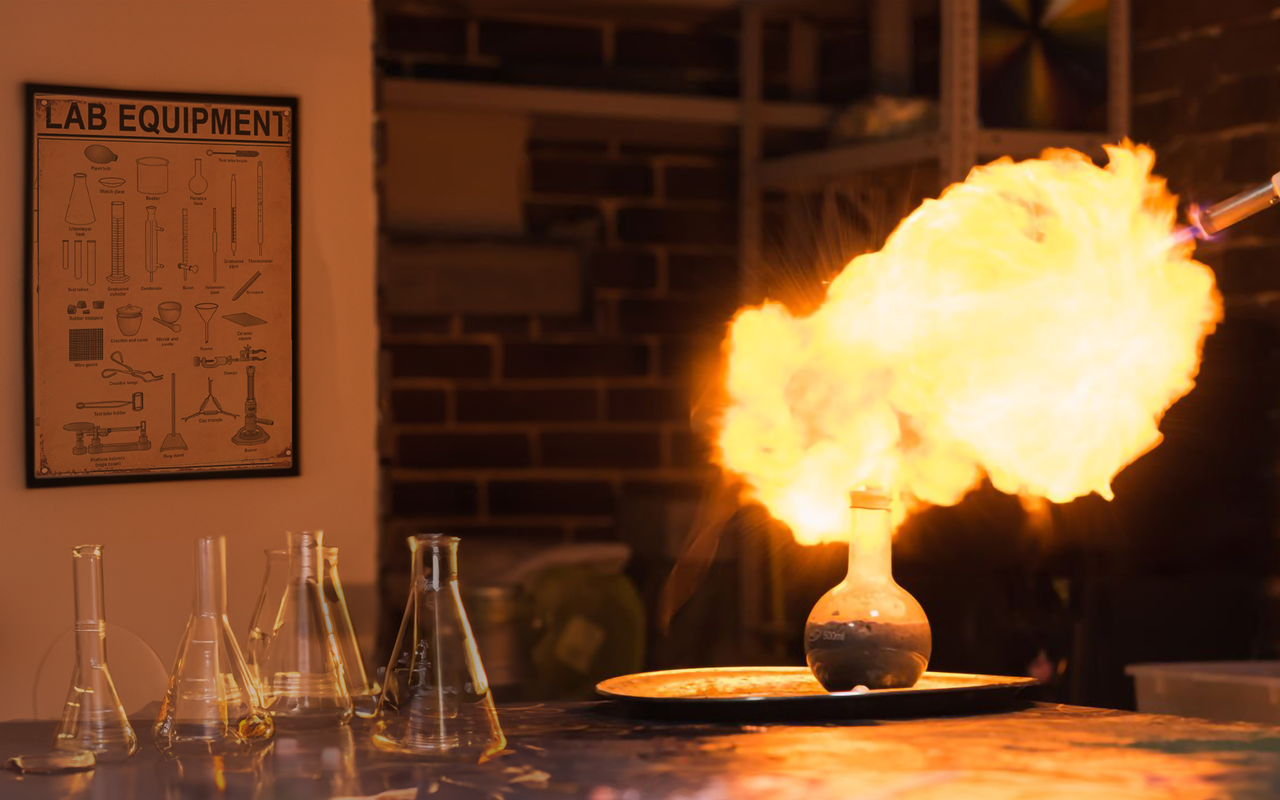stc
“Explosive” Science
Primary school (5th and 6th grade) and Gymnasium Physics and Chemistry

To register call 210 9469662, 210 9469663, 210 9469620 and 210 9469683 from Monday to Friday 9:30- 16:30
5th and 6th Primary school or Gymnasium students
60 minutes
The dates and times shown are indicative and can be altered upon request in advance. Any science experiment demonstration can be arranged to take place between Monday and Friday from 09:00 to 15:00.
25 students (one classroom)
Explore the natural sciences through explosive experiments.
How do fireworks get their different colours?
Can we control the extend and consequences of a reaction?
What is the difference between dynamite and gun powder?
A series of impressive experiments answers the above questions and explores the chemistry and physics concealed behind explosions.
Students revisit known concepts such as volume and pressure and become aquainted with simple chemical reactions such as combustion reactions. They observe the way in which simple materials, such as plastic bottles can be transformed into rockets, and visualize some properties of gases, using balloons.
Topics Covered
- Introduction.
-Basic features of explosions.
-Controlling the extend of a chemical reaction.
-Controlling the extend of physical phenomenon. - Physical Explosions.
-The role of pressure. - Chemical Explosions.
-The discovery of violent chemical reactions.
-Activation Energy.
-Explosive materials. - The science of fireworks.
-Emmisison of light.
-Colorful lights through combustion reactions.
-Creating movement.
-New and improved fuels.
Learning Objectives
Introduction to simple concepts in Chemistry and Physics.
Demonstration of complex concepts in a simple, interesting and fun way.
Exploration of applications of chemistry and physics that are not presented in school.
Development of exploratory thinking to link known phenomena and theoretical concepts.
stc


